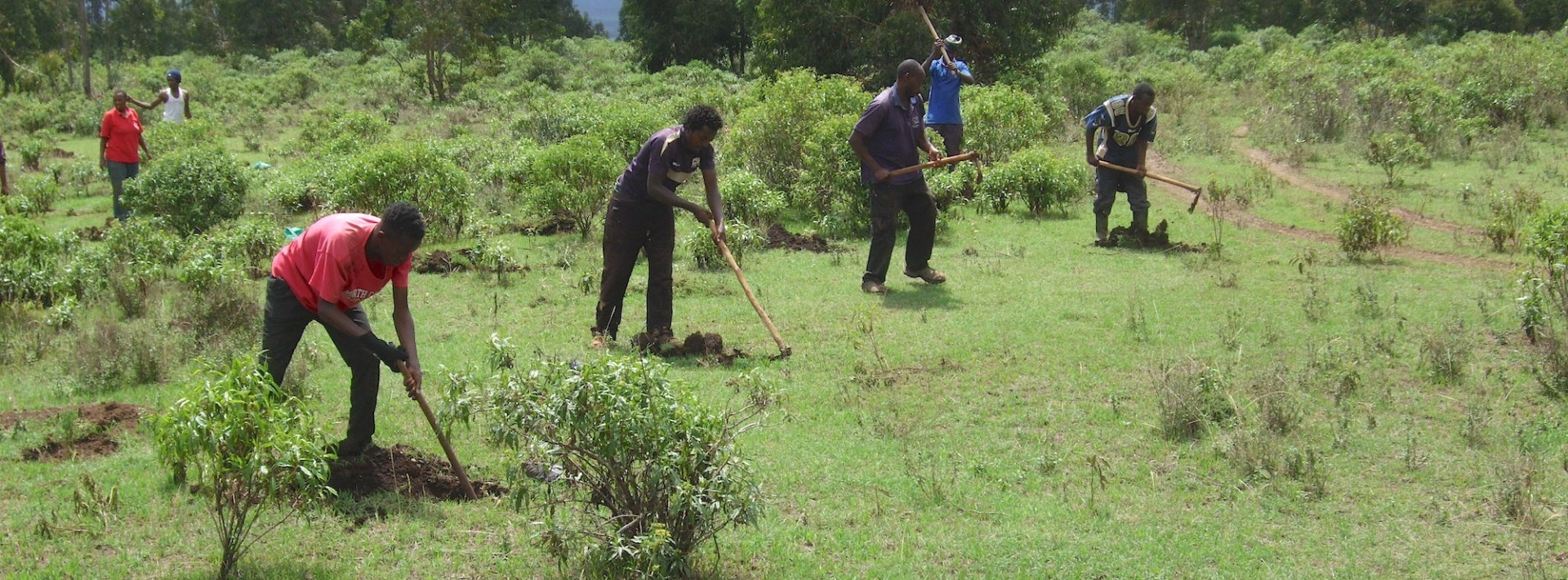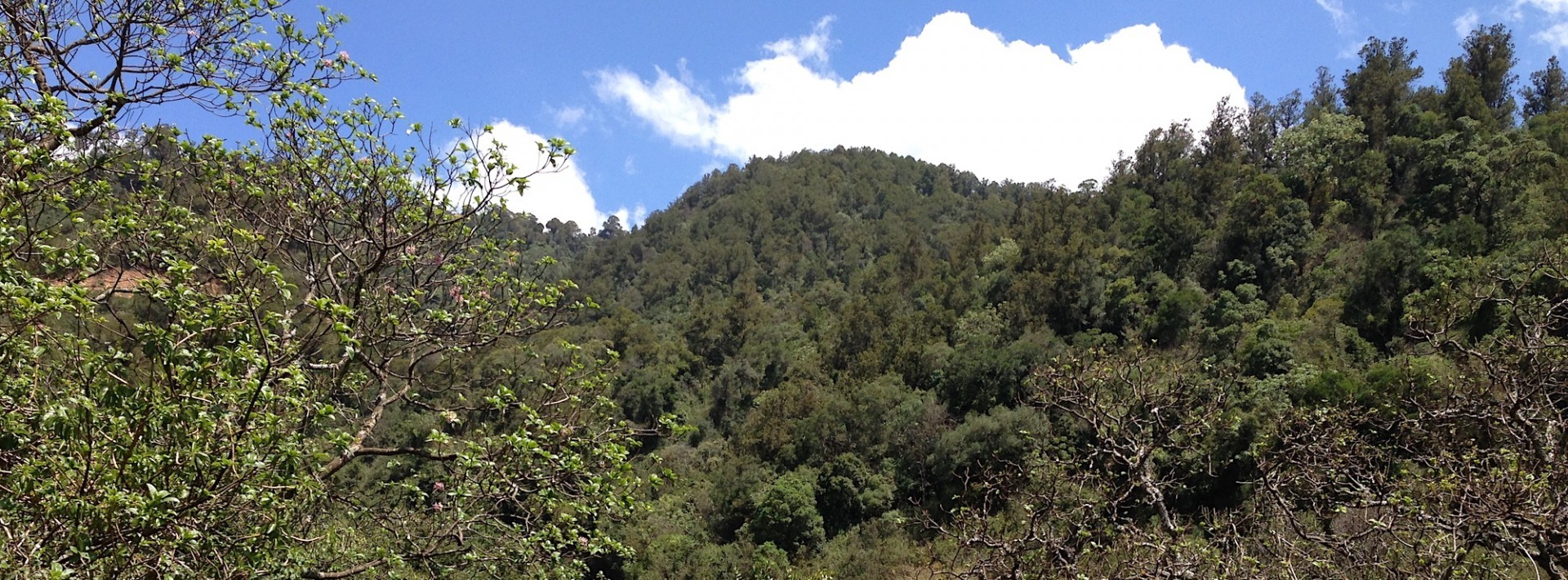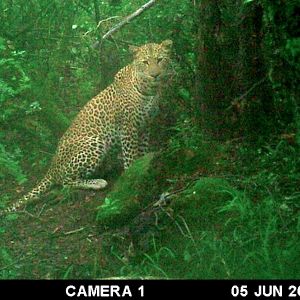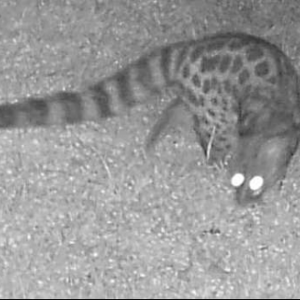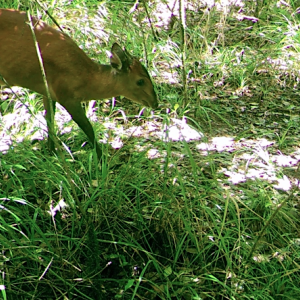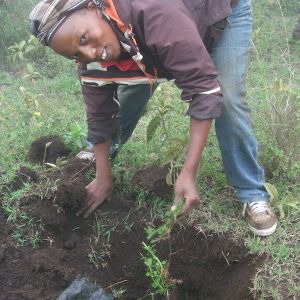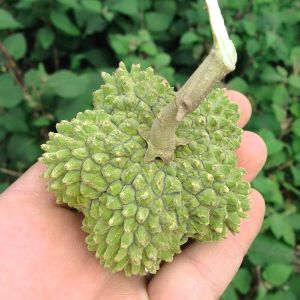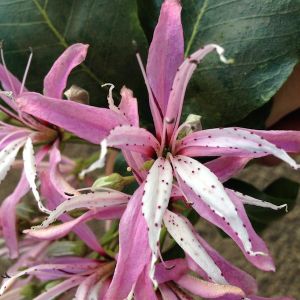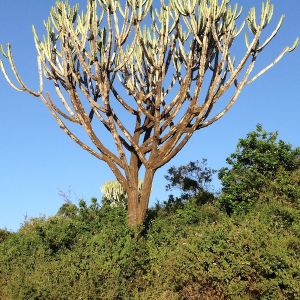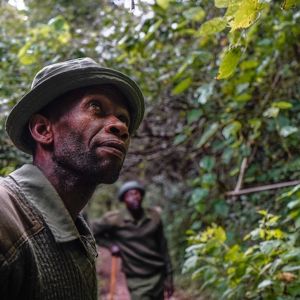In Brief
Conservation Value:
As part of the eastern Afromontane biodiversity hotspot, this dry upland forest is home to a wide array of flora and fauna and is a key transition zone between the mesic upland forests and the drier savannah ecosystems of eastern Africa. Straddling the eastern wall of the Great Rift Valley, the altitudinal variance of roughly 1,000 metres is reflected in floral communities. Key species for conservation include East African sandalwood, African olive, and African pencil cedar. A wide variety of mammals, reptiles and birds have been recorded, including larger mammals such as leopard, spotted hyaena, Maasai bushbuck, suni, eland, honey badger, aardvark, and black and white colobus. Kijabe Forest is part of the Kikuyu Escarpment Forest Important Bird Area, designated by Birdlife International. The forest also provides significant ecosystem services to surrounding communities. These include hydrological services to an estimated 200,000 people in the catchment area, as well as carbon cycling, soil stabilization, and forest products such as fuelwood, seeds, and honey.
Threats:
The Kijabe Forest was historically connected to the Kikuyu Escarpment Forest Reserve, however, the Kijabe Forest strip has become geographically isolated due to encroachment, resource pressures, and land use change. Kijabe Forest falls under the management of the Kenya Wildlife Service, but due to geographic and financial constraints, the forest had largely been unmanaged in recent decades.
Actions & Results:
- Ranger teams have patroled daily since 2017, and continue to maintain a positive presence throughout the landscape. Their daily logs record increased sightings of plains game such as bushbuck, dik-dik, duiker, and warthog, as well as predators such as hyena and leopard. These sightings demonstrate the benefits of the greater level of surveillance from patrols.
- Habitat restoration is ongoing and rangers and planting teams ensure that previous plantings are being maintained. The KFT team planted 51,000 indigenous seedlings in 2020 and 30,000 in 2019, restoring severely degraded areas and providing additional habitat for wildlife. A greenhouse provides inexpensive seedlings onsite.
- KFT is helping to develop non-timber forest product enterprises for the surrounding communities, including leleshwa oil, pine resin, croton nuts and juniper berries.
- Eco-tourism is starting to take hold in the area, with hikers, rock climbers and mountain bikers bringing income to the neighboring communities.
Location:
Kijabe Forest, Kikuyu Escarpment, central Kenya
Goal:
To halt deforestation and reverse degradation of the Kijabe Forest by improving forest management and working collaboratively with local communities.
Project Field Partner:
Cost:
2023 budget (ICFC portion): US$75,776
Cumulative cost to ICFC (2017-2022): CA$431,456
Size of Area Involved:
~ 5,000 hectares
Support this projectGallery
Click to enlarge an image
In More Depth...
 |
Location of Kijabe Forest in Kenya, and (to right) two maps showing the reserve. The image to the far right shows the boundaries gazetted by the Kenya Forest Service, as well as total forest cover in 2012. |
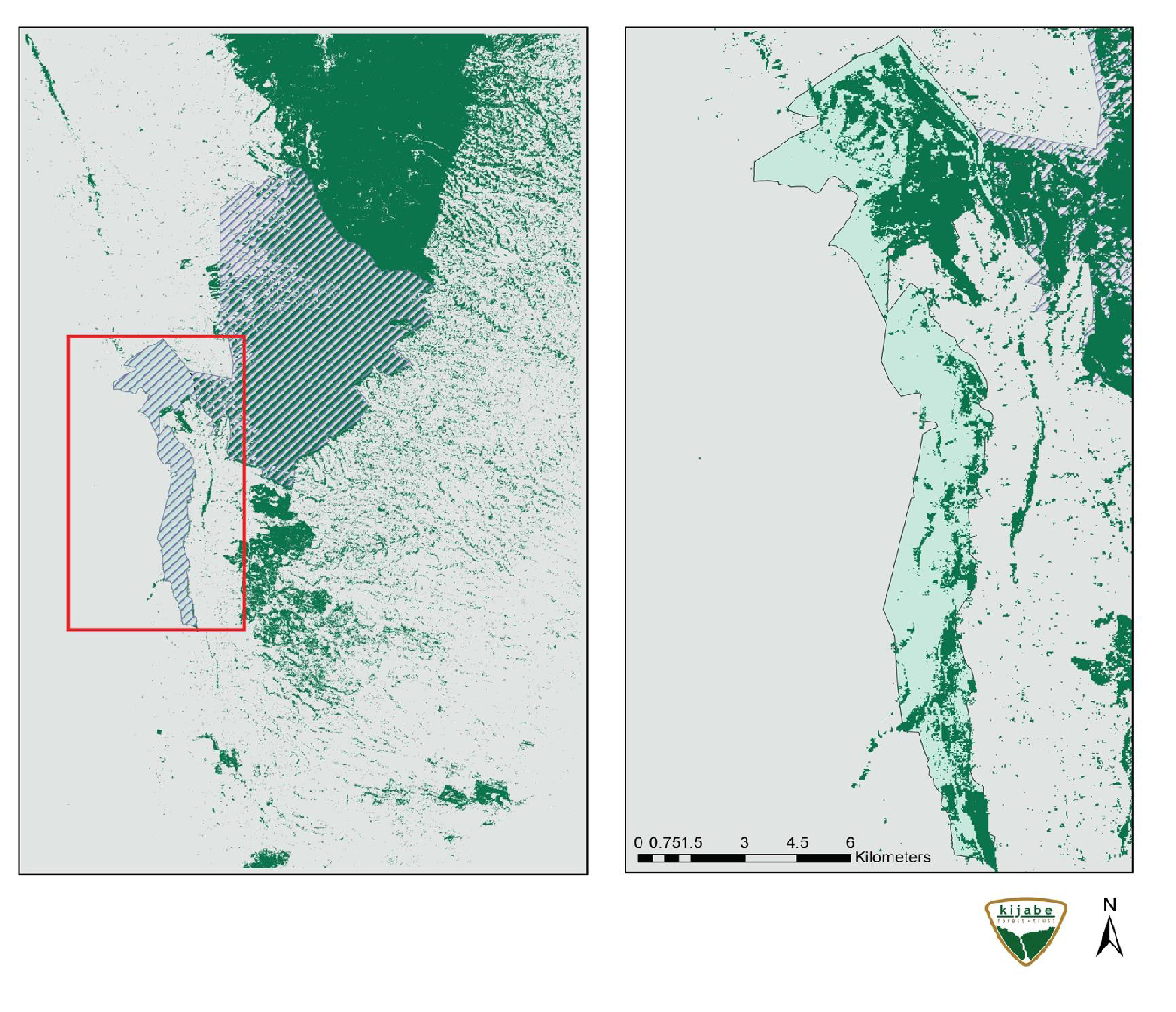
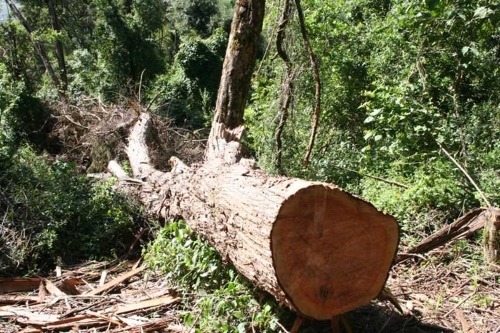 |
| A juniper (Juniperus procera) felled for timber |
 |
|
Charcoal commerce is a cause of deforestation |
 |
|
The landslides of 2013 devastated communities and cut off access to Kijabe Hospital.
|
| Demand for cedar posts is another driver of deforestation. |  |
 |
 |
| Cape chestnut seeds are a high value product | |
International Conservation Fund of Canada Copyright © 2009-2024
Registered Canadian charity # 85247 8189 RR0001


